The setup
Exactly a year after the launch of Rocket 0, me and my fellow rocketeer went out to a clearing and setup our equipment.
These are the results.
As you might have seen, I designed BTIR-1 as a simple, quick to build rocket, as a stopgap until more advanced engines are developed.
It consists simply of a aerodynamic shell which houses a single C2.0 Engine, also by my own design.


Sorry about the mess 
The nozzle
Aka its own undoing
More information on the design is found in its respective article.
The launch
On the same terrain as we attempted to test MM-38 a month ago, we setup the launch pad, ICBM-A / B, and a multitude of camera’s.
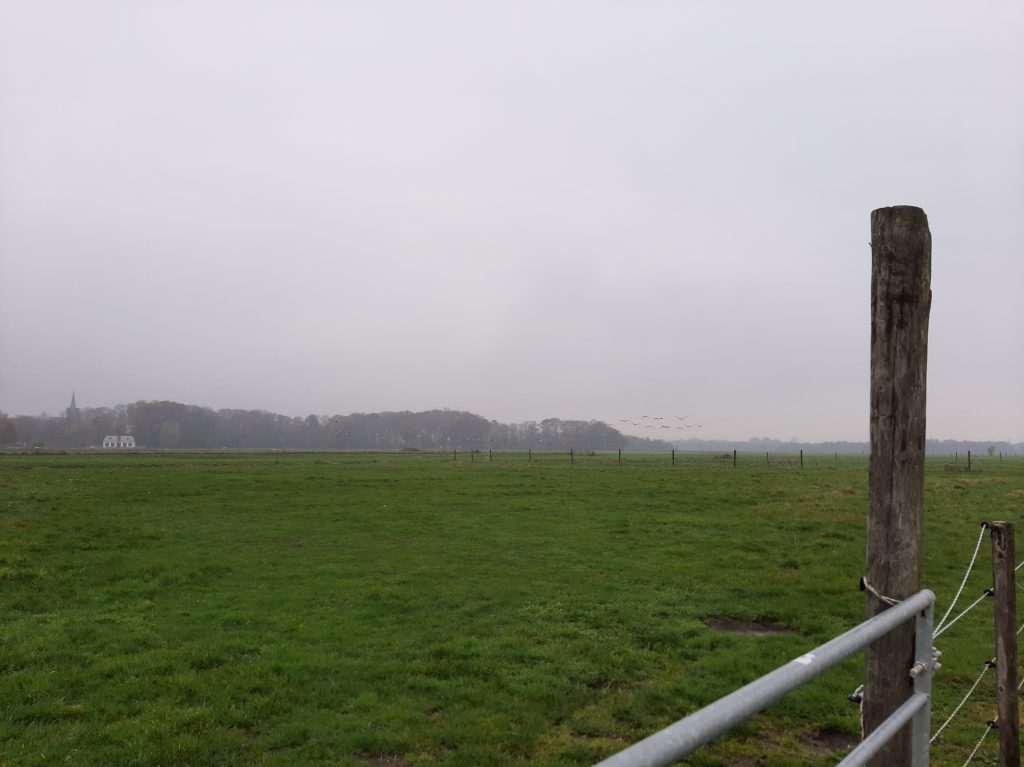

Here is the test itself (the fun part)
Now, as you might have noticed it’s trajectory deviated a bit from what was expected and planned, which itself could have been expected.
A hypothesis on why is present further down.
As a bonus, I startled a entire flock of geese.
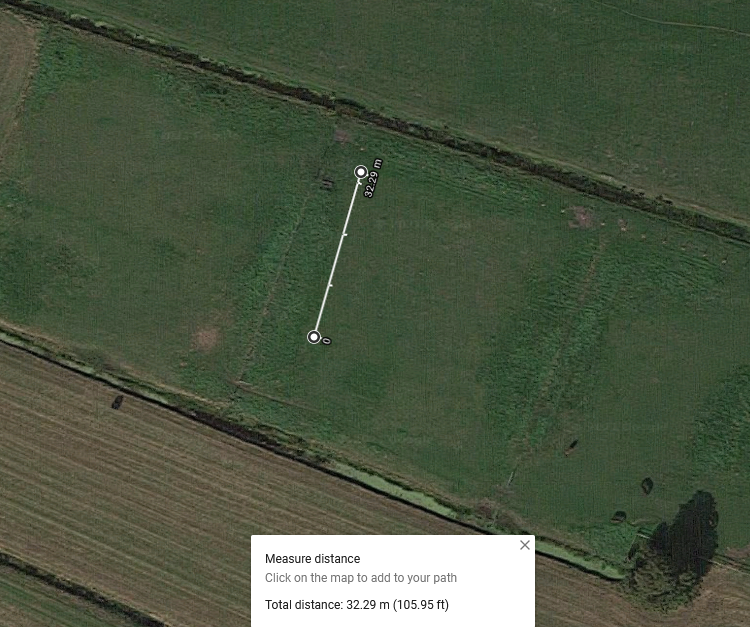
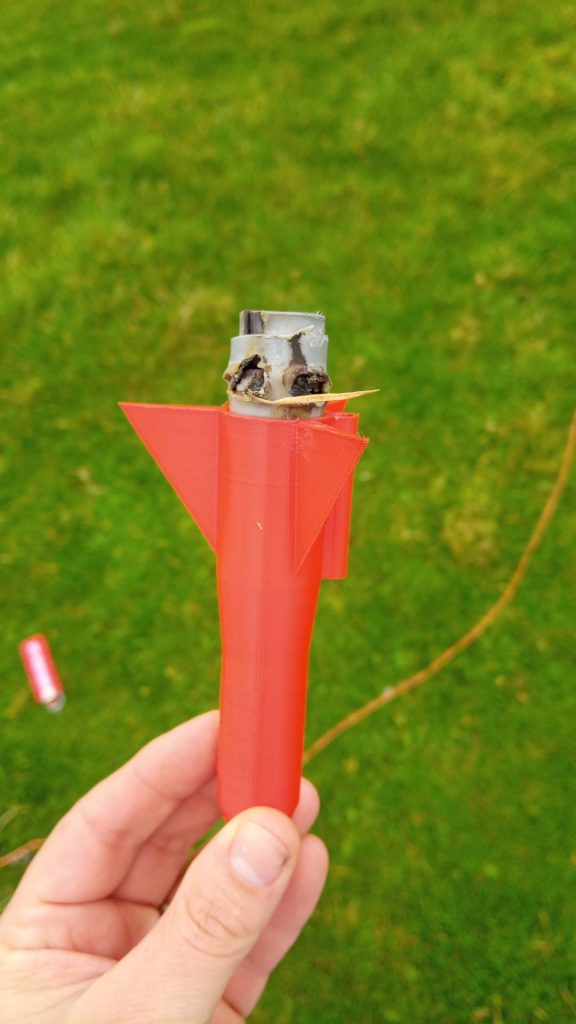
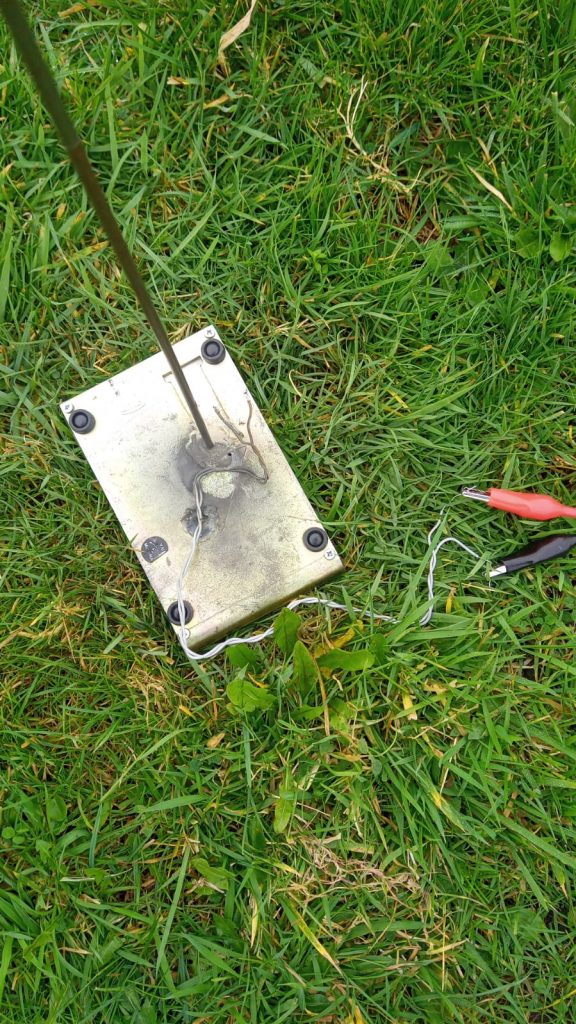
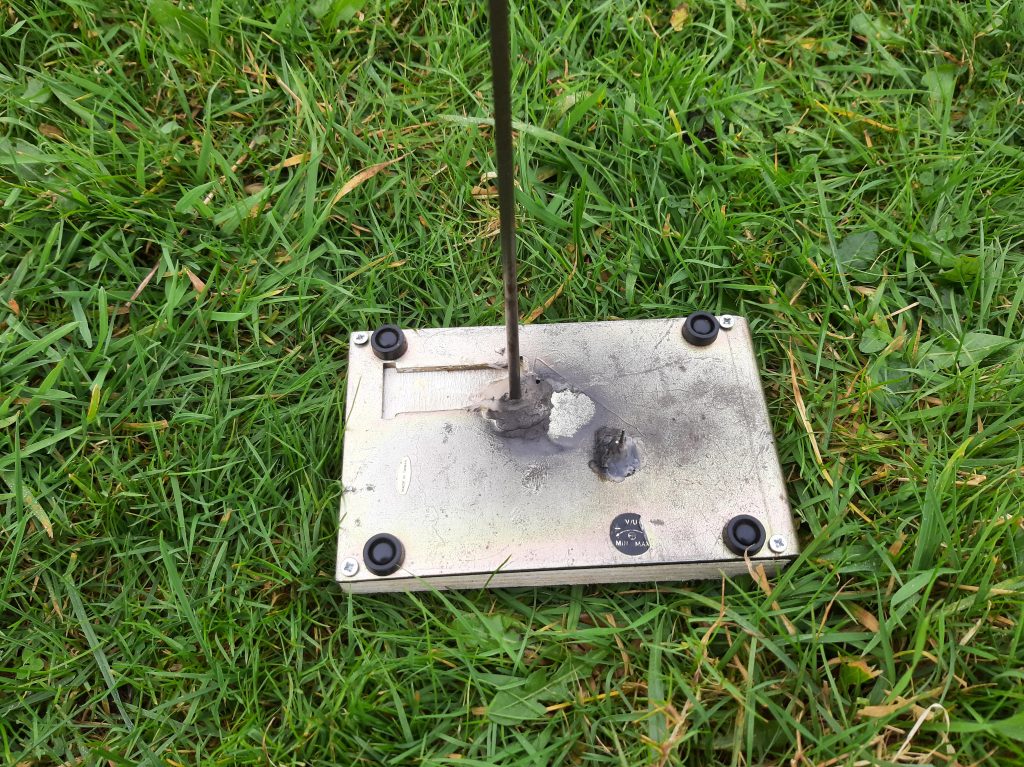
The data
First of, general observations:
The nozzle burst with a loud report very early on in its flight, I think this is due to (at least) three factors.
1. Since a new batch of higher quality fuel was used, the pressure was more than expected (this is also observed trough the speed of the ignition)
2. I made a small error while assembling the engine, namely putting on the grey retainer before putting on the nozzle ring’s, possibly resulting in some space between the metal and the reinforced casing where the blowout occurred.
3. This was the first launch where a Type II igniter was used, as opposed to a Type I, with the additional gunpowder together with the partial plugging of the nozzle resulting in a far greater pressure, and because it was being ignited from all the way at the back of the ignition chamber it possibly started up way quicker as well.
Due to the nozzle bursting at one side, it gained a secondary nozzle giving it a huge sideways spin (this is why a minimum of 30 meters of distance was maintained during the test).
This meant it was not really focused on going up, and also bled off a lot of its energy trough aerodynamic drag / going the wrong way.
This ended up with a estimated max height of about 5 meters, just shy of the previously calculated 130 meters.
The difference between theory and practice is often a lot greater in practice than in theory
Better luck engine next time.
A close up video at 29 frames a second shows the rocket disappearing off the 50cm launch rod in just 2 frames, giving it a minimum velocity of 30 k/h
I think its more than that, and will try to calculate a more precise estimate later.
From the handheld video, I extracted the first few frames of movement, then (with a ruler held to my screen) measured how many BTIR-1’s of length in traveled above the bottom of the smoke cloud.
Now this at most gives a approximation, but that’s what I’m here for.
So:
In the first frame it was 3 rockets high, in the fourth it was 11, a difference of 8.
I know the rocket is 135mm’s long, and I know the camera recorded in 50 Frames per second.
4 frames / 50 frames a second = 0.08 seconds.
8 * 135mm = 1.215m.
1.215 meters / 0.08 seconds = 15.1875 meters a second.
That’s 54.675 km/h of acceleration in 8 milliseconds!
And, by putting those into this calculator I found, I get 19.36g’s of acceleration!
Gee, that’s alotta gees!
Also, I know the wet weight of the rocket is 64.11 grams, and I know the acceleration.
So, by feeding that into the formula F = m * a, I get 0.06411 * 15.1875 = 0.973670625 Newtons, and that in less than 10 milliseconds!
Now, this does not account for gravity, but I don’t yet know if / how to do that.
//further calculations and speculations on its speed and acceleration are to be put here after analysis is complete.
This was very fun, and a worthwhile endeavor by being a big learning experience, but before iterating more on this concept I would like to focus on the MM-22 Concept, and its development.
Stay tuned for that!
As always, if you have any further questions, or want access to design files or extended video material, feel free to contact me.



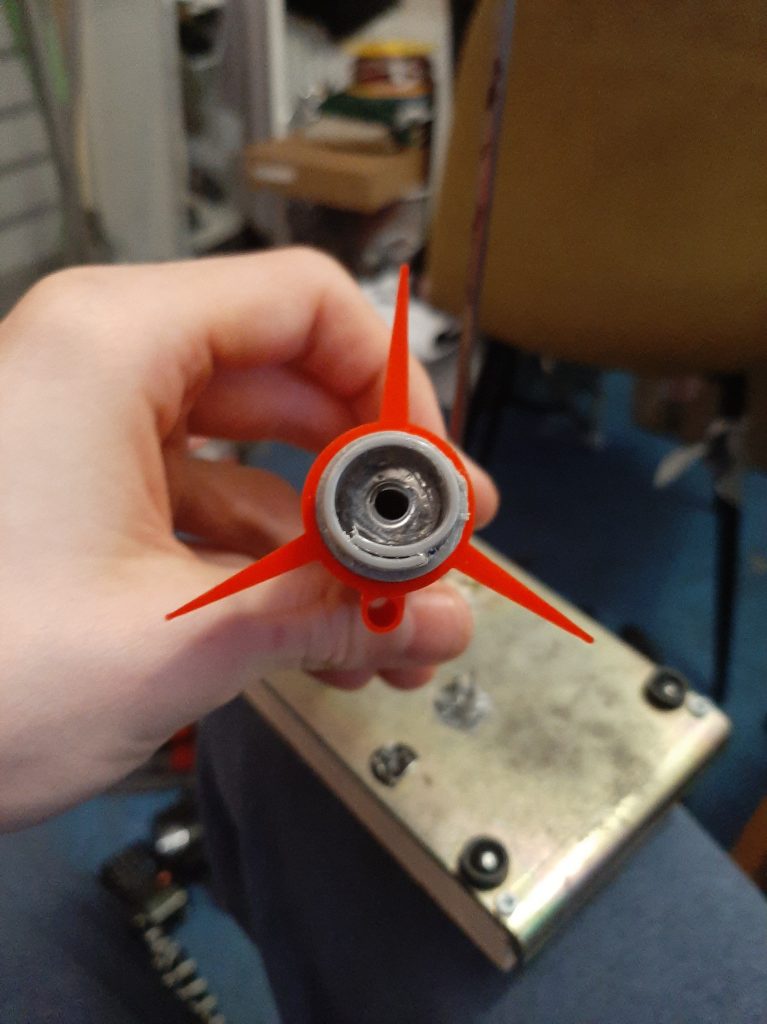
NICE BROEDER
Dierbare Denneth,
Heel erg gefeliciteerd met je eenjarige verjaardag van het lanceren van raketten.
En wat een raket is het! Wat een schoonheid, wat een doorzettingsvermogen, kennisvergaring en talenten bij elkaar.
Ik ben heel trots op je, stom om te zeggen, hoe kan ik daar de juiste woorden voor vinden?
En…ik kijk uit naar de rest!
Martine
yeaaah We finally did it!
Onze eerste echte lancering. Super tof om dit samen met je te doen Denneth. Hoewel ik zelf nooit eerder iets af wist van raketten en lanceringen heb ik op deze manier ook veel van jou kunnen leren. Leuk om samen op onderzoek te gaan!
To infinity and beyooooond